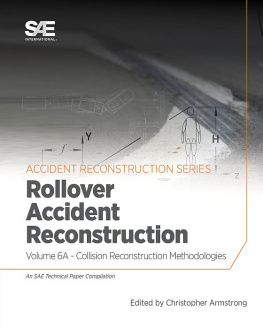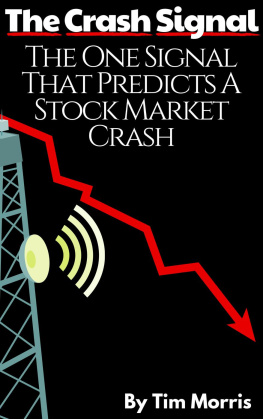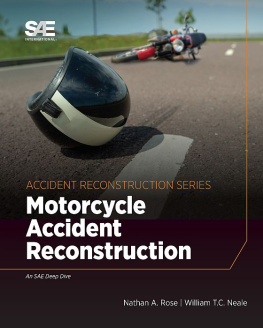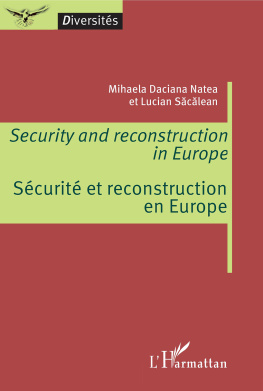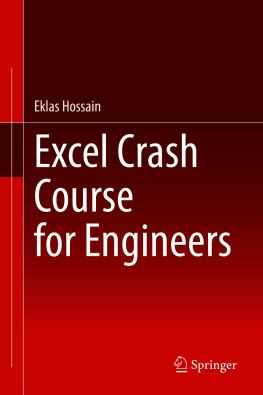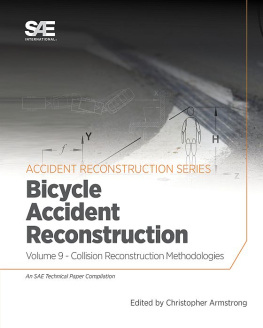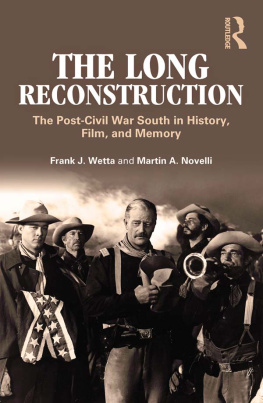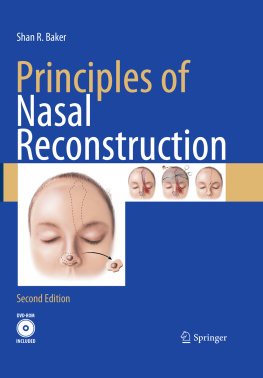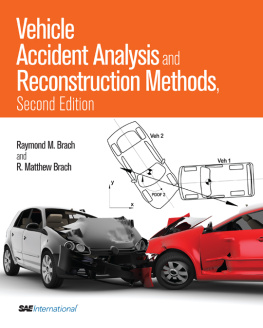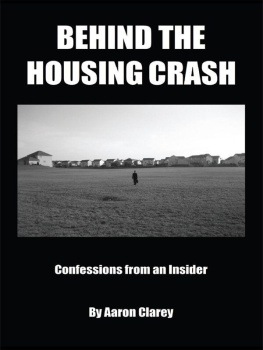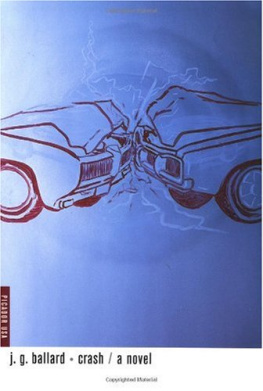Collision Reconstruction Methodologies Volume 6A: Rollover Accident Reconstruction
Collision Reconstruction Methodologies Volume 6A: Rollover Accident Reconstruction
Collision Reconstruction Methodologies Volume 6A: Rollover Accident Reconstruction
 | 400 Commonwealth Drive Warrendale, PA 15096-0001 USA E-mail: Phone: 877-606-7323 (inside USA and Canada) 724-776-4970 (outside USA) Fax:724-776-0790 |
Copyright 2019 SAE International. All rights reserved.
No part of this publication may be reproduced, stored in a retrieval system, distributed, or transmitted, in any form or by any means without the prior written permission of SAE International. For permission and licensing requests, contact SAE Permissions, 400 Commonwealth Drive, Warrendale, PA 15096-0001 USA; e-mail: ; phone: 724-772-4028; fax: 724-772-9765.
Library of Congress Catalog Number 2018935041
SAE Order Number PT-186_6A
http://dx.doi.org/10.4271/PT-186_6A
Information contained in this work has been obtained by SAE International from sources believed to be reliable. However, neither SAE International nor its authors guarantee the accuracy or completeness of any information published herein and neither SAE International nor its authors shall be responsible for any errors, omissions, or damages arising out of use of this information. This work is published with the understanding that SAE International and its authors are supplying information, but are not attempting to render engineering or other professional services. If such services are required, the assistance of an appropriate professional should be sought.
ISBN-Print978-0-7680-9207-3
ISBN-PDF978-0-7680-9523-4
ISBN-ePUB978-0-7680-9209-7
ISBN-PRC978-0-7680-9210-3
ISBN-HTML978-0-7680-9208-0
ISBN-Print Bundle 978-0-7680-9570-8
ISBN-Full Print Bundle 978-0-7680-9568-5
To purchase bulk quantities, please contact: SAE Customer Service
E-mail:
Phone: 877-606-7323 (inside USA and Canada)
724-776-4970 (outside USA)
Fax:724-776-0790
Visit the SAE International Bookstore at books.sae.org
Introduction
I am proud to introduce SAE Internationals fourth compendium of crash reconstruction papers. The last publication of this nature, PT-138, Crash Reconstruction Research: 20 Years of Progress (1988-2007), focused mainly on the topics relating to vehicle kinetics, kinematics, and the structural response of vehicle structures subjected to collisions. As was detailed in the preface to that publication, the first SAE technical compendium dedicated to the reconstruction of motor vehicle collision was PT-34, Reconstruction of Motor Vehicle Accident: A Technical Compendium. That volume, as well as the second technical compendium, PT-35, was edited by Stanley Backaitis. All three of the technical compendiums compiled the best papers published by SAE through 2007 detailing the state of the art in the investigation and analysis of vehicular crashes.
These technical compendiums drew on the good work of the SAEs crash reconstruction community as represented by the technical papers published through the peer review process established by Terry Day and Ed Martinez. The current peer review process is overseen by select committees comprised of volunteers knowledgeable in the various aspects of crash reconstruction. The technical papers are vetted in the abstract stage by members of the committee after which the draft manuscripts are subjected to a double-blind peer review process utilizing three peer reviewers before being approved for publication. This process insures that each manuscript is critically scrutinized to insure scientific integrity and stands as a valuable resource for the collision reconstruction community.
The last ten years have seen explosive growth in the technology available to the collision analyst. This new technology has begun to change the way reconstruction is practiced in fundamental ways. The greatest technological advances for the crash reconstruction community have occurred in the realms of photogrammetry and digital media analysis. The widespread use of scanning technology has facilitated the implementation of powerful new tools to digitize forensic data, create 3D models, and visualize and analyze crash vehicles and environments. The introduction of unmanned aerial systems (UAS) to the crash reconstruction community has enhanced the ability of a crash analyst to visualize and model the components of a crash reconstruction. Crash data recorders have now become ubiquitous in passenger and commercial vehicles and have made an appearance in motorcycles and marine vehicles.
PT-139, Event Data Recorders: A Decade of Innovation, published in 2008 drew together papers addressing the current state of the art in passenger and commercial vehicle event data recorders (EDR). At that time, EDR, both passenger and heavy vehicle, were still somewhat of a novelty and much work was done to validate the data imaged from the various systems. Today, the technology detailed in PT-139 is being superseded by technologies that integrate onboard sensors and cameras to stream massive amounts of data to remote servers. As with earlier technology, the new technology needs to be analyzed and validated, with results published, so that the collision reconstruction community can continue to stay abreast of the current state of the art.
Because of the technological changes occurring in the industry, many SAE papers have been written to address the validation and use of new tools for collision reconstruction. Thus, the need for this fourth compendium of crash reconstruction papers. This compendium takes a slightly different format than earlier works. The three prior publications were contained within a single volume each and dealt with a limited range of topics. This publication is presented as a series of compendium volumes each dealing with one specific topic.
This compendium presents a broad range of topics that reflects many of the disparate disciplines that are necessary to competently perform a modern collision reconstruction. While this series of volumes is not exhaustive, it presents the most important technical papers that have been published in the last ten years to update the state of the art of collision reconstruction and give the practitioner a firm basis from which to launch further study.
The topics dealt with in this compendium are: Collision Documentation, Night Vision Study, Photogrammetry, Motorcycle Accident Reconstruction, Heavy Vehicle Accident Reconstruction, Rollover Accident Reconstruction, Passenger Vehicle Event Data Recorders, Error Analysis, Bicycle Accident Reconstruction, Pedestrian Accident Reconstruction, Biomechanics, and Heavy Vehicle Event Data Recorders.
For the past seven years, I have been privileged to participate in the SAE peer review technical paper process as the chairman of the SAE Occupant Protection Committee, Accident Reconstruction Session. This session is responsible for presentation of accident-reconstruction- related technical papers at the annual SAE World Congress (now known as WCX). Building on the foundation of those that have gone before us, our committee has strived to maintain the high standards for peer-reviewed technical papers published under the auspices of SAE. It should be recognized that this activity is largely voluntary and would not survive without the hard work and dedication of the numerous researchers who study issues pertaining to collision reconstruction and work to refine and present their findings to the community at large. Additionally, the job of vetting and shepherding the various research papers through the review and publication process falls to the many volunteers that staff the committees of the various crash-reconstruction-related sessions. I would like to thank my associates, the members of the Accident Reconstruction session, Jarrod Carter, Alan Asay, Richard Lambourn, Nathan Rose, Neal Carter, Geoff Germaine, and Dan Metz, for their outstanding efforts and dedication to the process and furtherance of the empirical study of crash reconstruction. I would also like to thank the owners of Mecanica Scientific Services, Inc., John Steiner and John Grindey, for supporting me in this endeavor.

